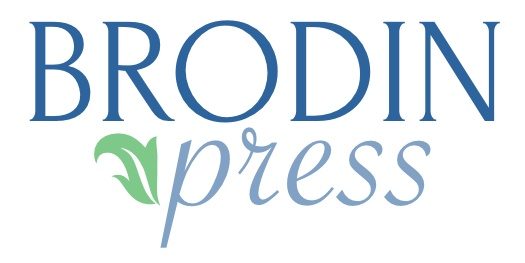
Few marketers doubt the value of social media for business success these days. And the purpose of this issue isn’t to diss SM and that value.
But when it comes to getting customers, email marketing still performs 40 times better than Facebook and Twitter combined.
So while being social is important, you can ignore those who are saying email marketing is therefore dead.
Do you remember the climax scene in The Incredibles when Syndrome squares off with the Omnidroid? He’s sure his techie inventions will wow the crowd and give him the fame and glory he’s always wanted.
But it takes Mr. Incredible and his superhero family to finally destroy the droid. In the aftermath, a couple elderly observers who remember the good ‘ol days of superherodom comment:
“That’s the way to do it—that’s old school.”
“Yeah, there’s no school like the old school.”
Funny that email marketing is considered by some to be old school these days! Just a decade separates the widespread use of email from the widespread use of social media.
And yet this study published by McKinsey & Company shows that email is still performing far better than Facebook and Twitter (combined) in gaining new customers.
(And organic search performs far better than emails—if you recall the November 2015 issue of Bite-Size Marketing)
There are several factors that go into successful email marketing strategy. Here are six to get you started:
1. The quality of your mailing list.
Develop an in-house mailing list of interested prospects who sign up, and current and past customers. This is a true case of quality outranking quantity. This list will become your most valuable marketing asset.
When your emails are going to those who’ve already expressed interest in your business, you’ve got a much better chance of reader engagement.
2. An email marketing service
Don’t use your own business email account to send. First, using a service is far less tedious once it’s set up. Second, it’s trackable—open rates, click rates, etc. How will you know how well your emails are working if you can’t track them? You won’t.
3. What or who is in the “From” field.
You want the recipient to immediately recognize and trust whatever is in the From field. If that’s your name, use your name (and not just your first name unless you’re Cher or Bono).
If they won’t know your name, but know your company name, use that. Don’t use initials unless that’s how people commonly refer to your organization.
4. Attention-grabbing subject lines that aren’t spammy.
Your subject line should describe a benefit, or provoke curiosity, or promise value of some kind. Be careful of all-caps, extra exclamation points and words that sound like spam (hype). A good email marketing service will have a spam detector to let you know if you’re in danger before sending.
5. The 80/20 content-to-sales rule.
The most successful email campaigns are customer-centered, not full of sales pitches. Useful, educational, and/or entertaining content time after time will let your readers know you’re after a long-term, value-added relationship, not just a one-time sale.
6. Part of your marketing big picture.
Email marketing is part of your overall marketing strategy. It’s integral to lead generation and sales funnels. It can draw traffic to your website, and interconnect with your social media profiles. Having a written plan that connects the parts into a whole will help ensure your overall marketing success.
So, email marketing may be old school (after all, it originated way back in the 90s), but sometimes there’s no school like the old school for effectiveness!
Just ask Mr. Incredible.
Want to see what this article looks like in a SlideShare deck?
